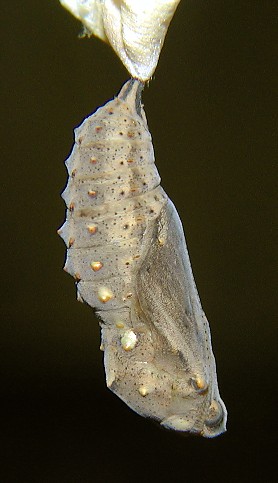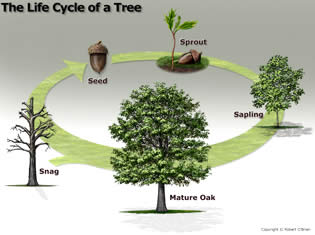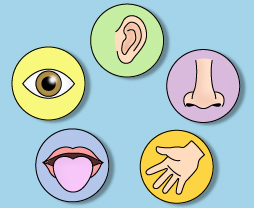 It is so sad that Monday was our last lesson with the second graders. They have been a wonderful class to work with all semester and I am going to miss seeing their smiling faces and listening to their excitement about science every week. For our last lesson Mia and I wanted the students to have something to remember us by and have something that would help them remember what they have learned about butterfly's. As a result, we decided to have the student's create an ABC fact book about the Butterfly and its life cycle. The students really seemed to enjoy the activity and had fun searching for important words and facts in non-fiction books. As a whole, the students did an excellent job and the book is adorable. After the students read their facts aloud to the group we entered their fact as a page in the book and awarded them with a "Butterfly Expert" badge. The students appeared very excited about the book and the badges. In the book we also had a cover page for the students to sign and a concluding page in which Mia and I thanked the students for all of their hard work and help this semester and wished them the best in their futures.
It is so sad that Monday was our last lesson with the second graders. They have been a wonderful class to work with all semester and I am going to miss seeing their smiling faces and listening to their excitement about science every week. For our last lesson Mia and I wanted the students to have something to remember us by and have something that would help them remember what they have learned about butterfly's. As a result, we decided to have the student's create an ABC fact book about the Butterfly and its life cycle. The students really seemed to enjoy the activity and had fun searching for important words and facts in non-fiction books. As a whole, the students did an excellent job and the book is adorable. After the students read their facts aloud to the group we entered their fact as a page in the book and awarded them with a "Butterfly Expert" badge. The students appeared very excited about the book and the badges. In the book we also had a cover page for the students to sign and a concluding page in which Mia and I thanked the students for all of their hard work and help this semester and wished them the best in their futures.In terms of our observation for our final lesson, we were graded on our assessment tools and our ability to differentiate instruction. For our assessment tool we decided to create a checklist to assess student progress. The checklist was based on a V+ to a V- system (met requirement, partially met requirement and did not meet requirement). As for differentiating instruction, we assigned more common/easier letters to the students we felt would have difficulty with the assignment. For example, we assigned the letters "B" and "C" for the two students who knew would have the most difficulty with activity. We also allotted additional time for students who needed it. For the students who excelled in the activity and finished early, we gave them a second letter (more challenging) letter to complete which ended up working out real well. Most of the students ended up finishing right around the same time. As the students finished we had an additional cloze activity for them to work on as their peers finished up which summarized the entire butterfly life cycle. For the most part the students who worked on this activity did an excellent job and even appeared to finish the activity in the short time frame they were allotted.
 I have to mention, one of the best highlights of Monday's class occurred when Mia explained to the students that we had kept all of their work in folders and were giving the students the folders to take home. All of the students became extremely excited and started cheering; it was really rather amusing. It just goes to show that the little things in life can still get the young students excited!
I have to mention, one of the best highlights of Monday's class occurred when Mia explained to the students that we had kept all of their work in folders and were giving the students the folders to take home. All of the students became extremely excited and started cheering; it was really rather amusing. It just goes to show that the little things in life can still get the young students excited! Overall, teaching the butterfly unit to the second graders has been a wonderful experience for me. I am so glad that I had the opportunity to co-teach with Mia she is a wonderful teacher and truly cares about the students which makes teaching with her a joy. I feel that I learned so much from her as well as the students that I can take with me as I try to build my own classroom in the future. I hope everyone else had a great experience and I wish everyone the best of luck in the future!
As for the second graders, I hope that they continue to work hard and build an excitement for learning. I would love to see their names in the paper years from now winning awards and scholarships; especially in the field of science!









